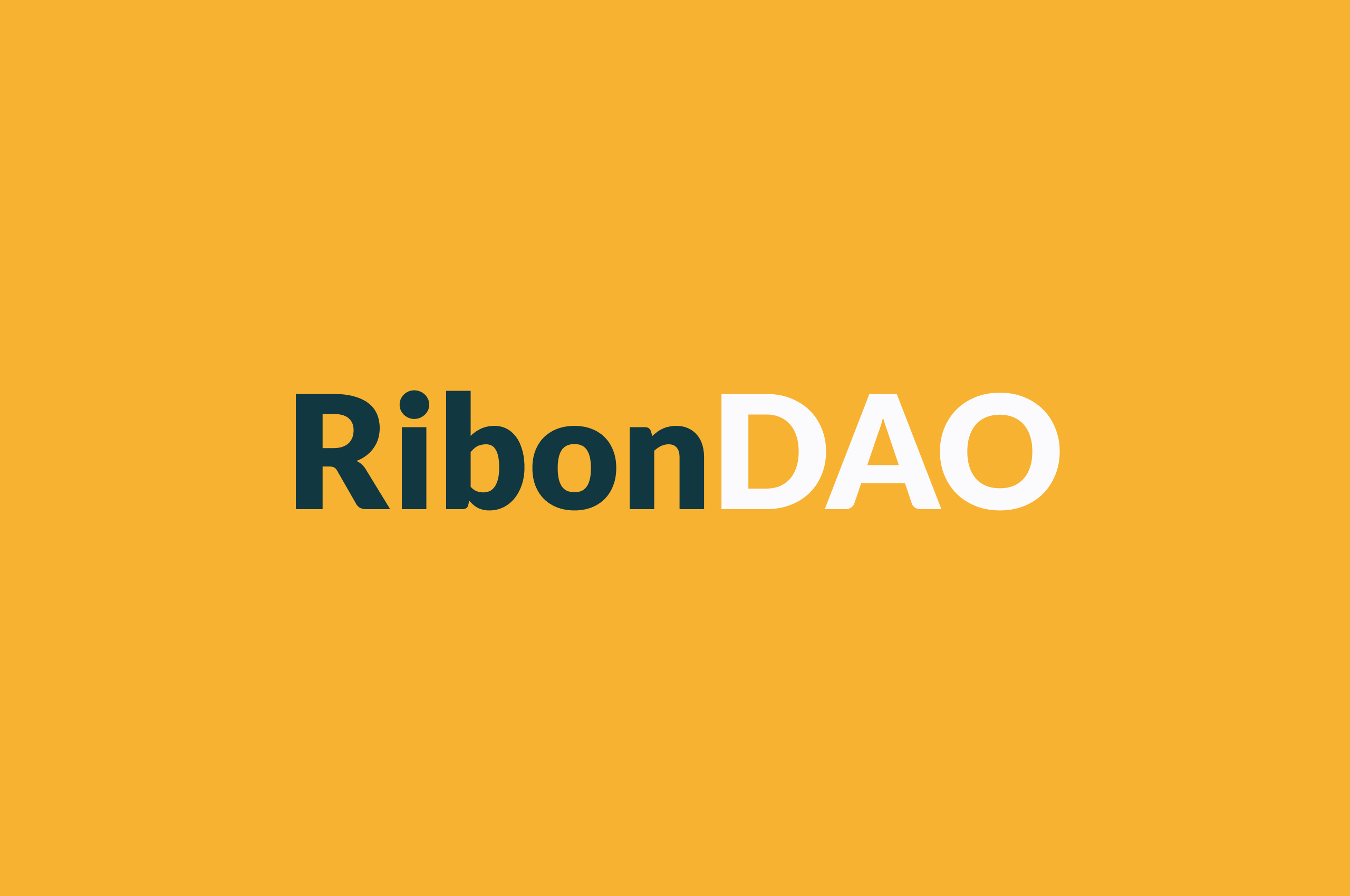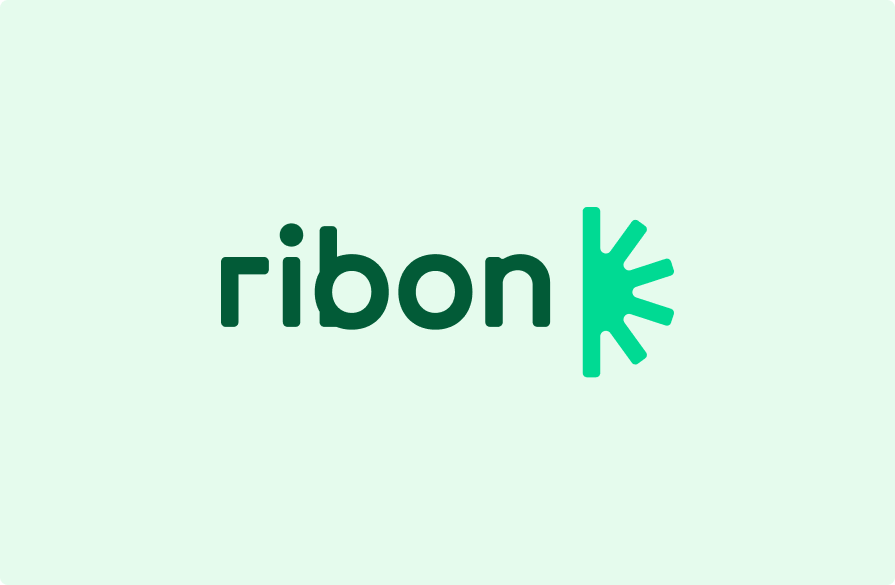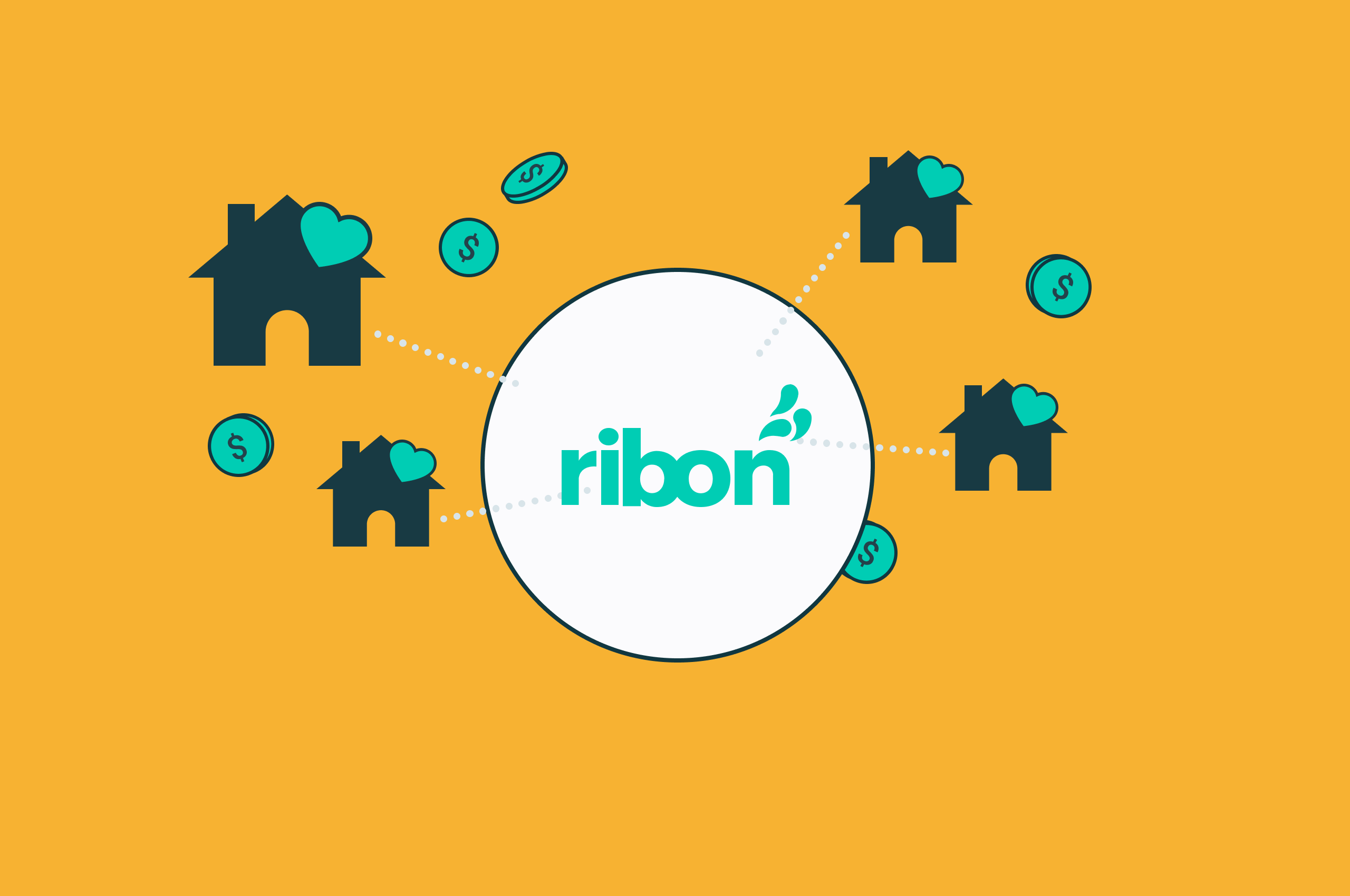The decision-making process on becoming a DAO
Ribon was founded by three college students at the end of 2016, who wanted to change the habits of altruism of people from their generation: Millennials and GenZ. Ribon was conceived as a donation startup, in which our great motto was always related to the possibility of people donating without spending any money. We built a unique business model that makes this possible by connecting foundations and corporations to everyday givers. After so many pivots, investment rounds, and an incredible amount of discoveries in this market, and as a Ribon team member, we always felt like we weren’t looking at our product as a candidate for the donation platform of the future.
Ribon’s founders always imagined that someday our paths would run into the crypto world since one of the startup’s premises was to distribute virtual coins in our platform so that people could donate for free, being sponsored by others. After Ribon got a lot of international visibility in February 2021 for winning an award from Bill and Melinda Gates Foundation as one of the ten most innovative businesses in charitable giving, we decided that it was time to give the big next step: launching a product using blockchain technology.
The timing never seems to be right when we talk about merging into the crypto ecosystem because, for such a diverse team, not everyone understands profoundly what this means in their work routine or the future of the company. But after surviving this outraging pandemic, it felt so right to jump on something so out of our comfort zone.
The advice of transitioning to this world had a lot of influence from one of Ribon’s mentors that opened our eyes to the perfect timing to accomplish this, with all of the numerous emerging DAOs (decentralized autonomous organizations), not to mention the ones totaling in the billions in terms of the worth of their assets, and the heating up of this market in 2021 along with the “DAO summer”, as we call this period.
How the journey truly began
In early June, the Ribon team had about 20 full-time dedicated members from completely different backgrounds: developers, designers, salesman, CS, RH, finances… and so on. We already worked in multidisciplinary squads, but we decided to create an exclusive one for decentralizing our company, our code, and our governance. It all started with 5 people.
We created the blockchain squad and divided it into three categories: community building, tech, and fundraising.
Fundraising: as a startup with a decentralization project, we needed to extend our runway and be much safer about our cash flow to boost our original team and hire the best possible talents to develop the open-source product we want, including not only devs but experts for marketing and so many others initiatives. Ribon’s CEO and the finance leader were responsible for making this real.
Community building: as a decentralized platform that Ribon is becoming, we know all of this process would happen progressively, but to show credibility and strength of our project/prototype to investors, we needed to start gathering a much more relevant crowd than just Ribon’s original team. We needed to show Crypto VCs that we were perfectly able to grow our community just by getting people to know about Ribon and our aim to become a decentralized platform. One designer and a business developer, together, took advantage of the growth mindset and ran numerous tests to understand what were the best channels to bring in people.
Tech: while growing the community and talking to the biggest Crypto VCs in the world, we always knew that the moment to show these investors a prototype or even a beta product would come. Our squad had to invest time in developing this prototype ASAP. And so we did… more specifically, our CTO got this one as his objective.
How we prioritized tasks even with scarce resources (especially money and people)
The entire Blockchain Squad had weekly meetings to organize all of the activities related to each different challenge. The small team gathered every Friday to plan the next sprint to come for about 1h30′, and also every day (very quickly) at 2 pm to talk about the tasks they would choose to attack that day, and how the day before had gone (based on weekly goals).
First things first: the team’s initial effort was centered around building our first version of the whitepaper and tokenomics of the protocol on the blockchain. The first two weeks were fully dedicated to that, and being able to use other whitepapers as references for the structure of our own was truly mind-opening. We were inspired by UNISWAP’s and MakerDAO’s documentation.
Here’s a summary of the protocol we are building using an infographic:
After the documentation was ready, it was time to split up the team and focus even more to gain efficiency since it was also about getting advantage of the right timing:
- The community-building part of the squad started by brainstorming a lot of test ideas to run to bring members to join Ribon’s initial and main communication channel for this matter: Discord Server. Our mentorship was important to elucidate details like this: for the fundraising matter, it was essentially important to have an attractive number on Discord, despite having other social media that are strategic for the crypto market such as Twitter, Telegram, Reddit, etc. The actions from this part of the squad remained in testing possibilities to make people join the Discord server, and we came down to one big conclusion: one of the biggest advantages of already having a 40K community as a result of the centralized platform is that you can start by attracting these same people to your blockchain project with so much less friction than if you had to do it from a starting point. We know that not everyone from our original community was blockchain experts, crypto enthusiasts, or even aware of the concept of a DAO, but one thing for sure they were good at being able to tell us if the future on-chain product was developing itself as such a good and intuitive product as the off-chain one. The fact that they aren’t familiar with this technology just made our challenge make more sense in a way that we already knew how important it would be to consider this for the usability and UX of our on-chain product. We built our Discord server as a big channel for discussion, interaction, and learning since you can easily find every documentation of our decentralization process in it!
- The fundraising part of the squad, represented by Ribon’s CEO, started to prepare every documentation/material needed for fundraising: searching about VCs and who we wanted to be introduced by our mentor (and if it was possible), making a perfect pitch deck, managing every approach of each VC very personally, creating the finest cold emails and organizing and the collected info on a big transparent funnel so that the entire squad could follow the steps and eventually contribute. We wanted to contact everyone in a two-week space so that this ecosystem would be bombarded with our info (this helps anyone to bring awareness and sense urgency to a small group of investors that share such a single environment like the crypto one). It was also necessary to think about financial projections for VCs and to put down a projection of costs based on the investment we were requesting (probably the hardest part for us, since nobody has ever contributed to a DAO before). After a lot of online research, we came up with this cost distribution that seems very reasonable for Ribon’s specific context (and of course, for the Crypto VCs):

- The tech part of the squad was represented by Ribon’s CTO and the challenge was to develop a good prototype of our product. So many technical challenges came up since we only had one person to develop everything we needed to show investors the potential of what we are creating until today. It took approximately one month to come up with something good and, most importantly, that got ready right on time to be sent to VCs as a tool to speed up Ribon’s first committed investment.
Where we are today in terms of results
In less than two months, this is what we achieved (as a five people team):
- We grew our community by more than 30x: we went from 20 to 810 members on our Discord Server in 5-6 weeks;
- We started creating content for our community: we activated Twitter most days, started to post weekly discussions on Reddit, and created interactive mechanisms for our Discord channel such as weekly series of events;
- We got introduced to up to 15 of the most strategic VC funds when talking about crypto;
- After 3 weeks, we haven’t finished the series of meetings to introduce Ribon, and we are very close to getting our first committed capital and term sheet signed;
- We started from scratch our prototype and finished it in less than a month: now we have space to look forward and prepare ourselves for developing a beta and announce our airdrop and token launch.
What we are working on next
In fundraising, we are focusing on getting our first committed capital and term-sheet signed by one of the many investors we were connected with.
As for community building, we now need to get the crypto community to know our project, our decentralization process and join us! Now that we have grown our community by more than 30x, we need to discover and retain the members who can develop such big ownership that they start (FOR REAL!) the engines for our decentralized organization.
Last but not least, in tech, we can say that we have a very decent prototype, so our efforts will remain on defining the milestones until the genesis of our airdrop. The moment we understand the exact value we are raising with the investors, we also need to start looking at the people who are going to help to develop the beta for our on-chain product.


